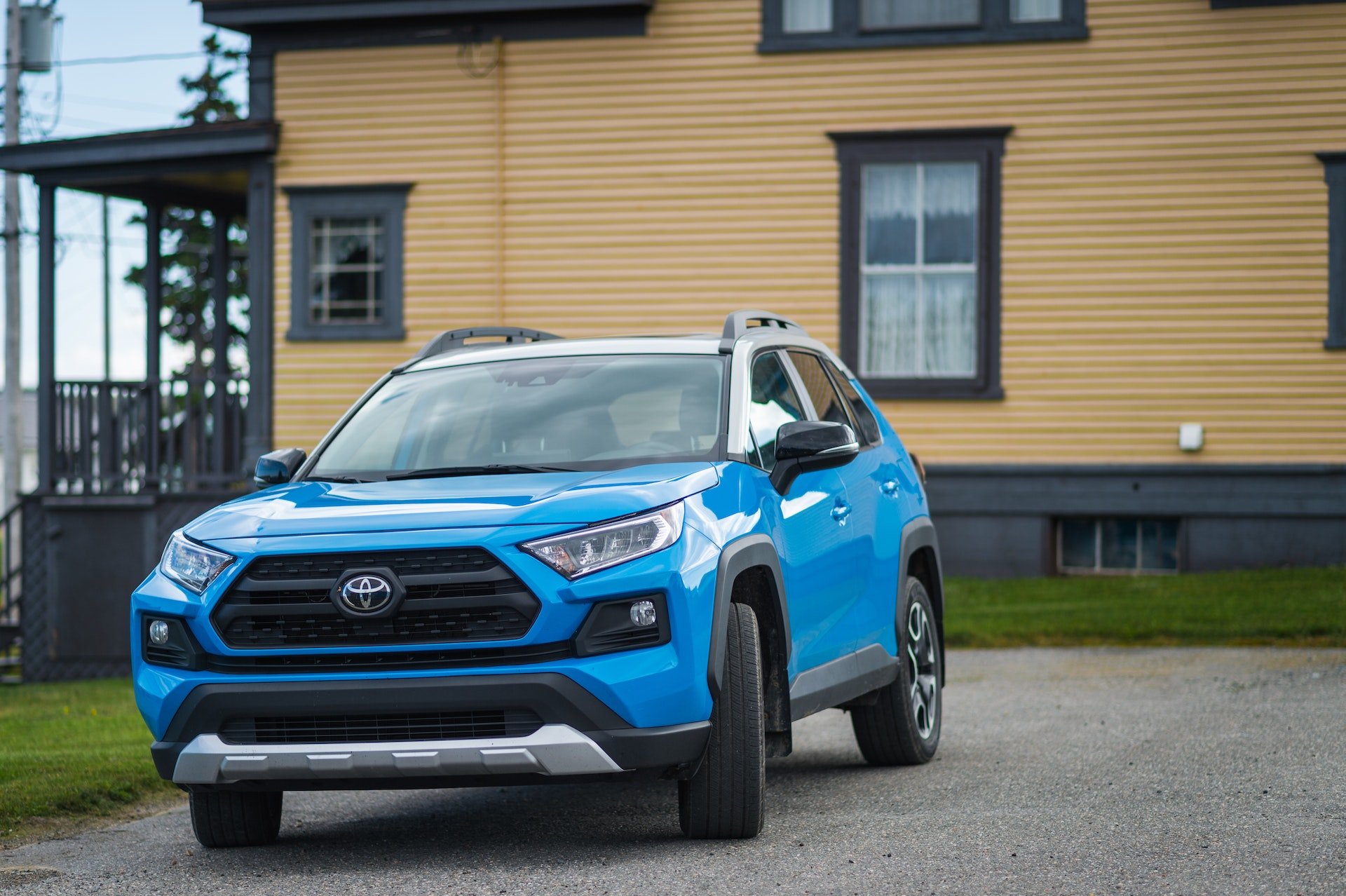Navigating the Quest for Cheap Insurance
When we talk about “cheap insurance,” it’s important to clarify that we’re not necessarily referring to the least expensive option on the market. Instead, the term “cheap insurance” is about finding a policy that offers the best value for your money. It’s about securing the coverage you need at a price that fits within your budget. Understanding how to navigate the insurance landscape to find such a policy can significantly benefit your financial well-being.
Key Takeaways:
- Understanding Coverage: Knowing your insurance needs and understanding coverage types can help you find the best value for your money.
- Factors Influencing Cost: Personal circumstances, risk level, and even location can significantly impact insurance premiums.
- Shopping Around: Comparing quotes from different insurers is crucial in finding affordable coverage.
- Leveraging Discounts: Many insurers offer discounts that can lower your premiums, such as safe driving or bundling policies.
- Long-Term Affordability: Regular policy reviews and good financial management can help maintain affordable insurance over time.

Understanding Insurance Basics: What Coverage Do You Need?
Insurance coverage can vary greatly depending on the type of policy.
Car Insurance
Auto insurance may include liability coverage, collision coverage, and comprehensive coverage.
Example – for a brand new car, or leased vehicle, you would likely need full coverage protection. For and older automobile, you may find the minimum coverage is adequate protection.
Homeowners insurance
- Dwelling coverage: This covers the cost of repairing or rebuilding your home if it is damaged or destroyed by a covered peril, such as fire, windstorm, or hail.
- Other structures coverage: This covers the cost of repairing or rebuilding other structures on your property, such as a detached garage, shed, or fence.
- Personal property coverage: This covers the cost of replacing your belongings, such as furniture, clothing, and electronics, if they are damaged or stolen.
- Liability coverage: This protects you financially if you are sued for someone’s injuries or property damage that occurred on your property or as a result of your negligence.
Example – A homeowner’s policy might cover the cost of repairing a roof that is damaged in a windstorm.
Health insurance
- Preventive care coverage: This covers the cost of routine medical checkups, screenings, and immunizations.
- Basic medical coverage: This covers the cost of doctor’s visits, hospital stays, and other medical services.
- Prescription drug coverage: This covers the cost of prescription medications.
- Mental health coverage: This covers the cost of mental health care, such as therapy and medication.
Example – A health insurance policy might cover the cost of a doctor’s visit for a wellness checkup, or a flu shot.
Understanding the basics of these coverage types and knowing which ones you need is the first step towards finding affordable insurance. It allows you to pay only for the protection you need, without wasting money on unnecessary coverage.
Assessing Your Insurance Needs: Determining Your Coverage Level
Evaluating your unique insurance needs involves considering your personal circumstances and the level of risk you’re comfortable with. For example, if you own a brand-new car, you might want full coverage auto insurance to protect your investment. On the other hand, if you’re driving an older car, you might decide to skip collision and comprehensive coverage. Striking the right balance between cost and coverage is crucial in finding cheap insurance.
Factors Influencing Insurance Costs: What Determines the Price?
Several factors influence the cost of insurance premiums. These include your age, driving record, credit score, and even where you live. Each of these factors is used by insurance companies to assess the level of risk they would take on by insuring you. By understanding these factors and learning how to manage them, you can potentially lower your insurance costs.
Types of Insurance: Finding Affordable Options for Different Coverage
Affordable options exist for various types of insurance. For auto insurance, factors like your vehicle’s make and model, its safety features, and even how often you drive can affect your premiums. For homeowners insurance, the age and condition of your home, its location, and the type of construction can all impact the cost. For health and life insurance, your age, health status, lifestyle choices, and even your occupation can be significant factors.

Shopping for Affordable Auto Insurance: Strategies and Tips
Finding cheap auto insurance involves more than just looking for the lowest quote. It’s about understanding your coverage needs, shopping around, and taking advantage of discounts and savings opportunities. Online comparison tools can simplify this process, allowing you to compare quotes from different insurers quickly and easily.

Scoring Affordable Homeowners Insurance: Protecting Your Property Wisely
Securing affordable homeowners insurance involves more than just choosing the cheapest policy. It’s about understanding the factors that influence costs, such as your home’s location, its age, its safety features, and even your personal credit score. It’s also about mitigating risks. For example, installing a security system or updating outdated electrical systems can reduce the risk of damage to your home, which can lead to lower premiums.
Navigating Health Insurance Costs: Strategies for Affordable Coverage
Health insurance premiums can vary greatly depending on the plan type, your age, and your health status. For example, high-deductible health plans often have lower premiums but higher out-of-pocket costs. Understanding these trade-offs can help you find a health insurance plan that fits both your healthcare needs and your budget.
Life Insurance on a Budget: Ensuring Financial Security
Life insurance premiums are influenced by several factors, including your age, health status, lifestyle, and the amount of coverage you need. Term life insurance, which provides coverage for a specific period, is typically cheaper than permanent life insurance, which provides lifelong coverage and has a cash value component. Non-smokers and those in good health generally pay lower premiums for life insurance.
Comparing Insurance Quotes: The Key to Affordability
Comparing quotes from different insurance companies is a crucial step in finding affordable coverage. Insurance premiums can vary significantly between companies for the same level of coverage. When comparing quotes, it’s important to consider not only the cost but also factors like the insurer’s reputation, customer service, and the ease of filing a claim.
Leveraging Discounts and Savings: Maximizing Your Savings Potential
Many insurance companies offer discounts that can help lower your premiums. These may include discounts for safe driving, bundling multiple policies with the same company, installing safety features in your home or car, or maintaining a good credit score. Regularly reviewing your policy to ensure you’re taking advantage of all available discounts can help you keep your insurance costs down.
Customizing Your Policy: Tailoring Coverage to Your Needs and Budget
Customizing your insurance policy involves choosing the types of coverage and coverage limits that fit your needs. You can also choose your deductible, which is the amount you pay out of pocket before your insurance coverage kicks in. Higher deductibles can lower your premiums, but they also mean higher out-of-pocket costs if you file a claim. Balancing these factors can help you find a policy that fits your budget while still providing the necessary protection.
Tips for Managing Insurance Costs Over Time: Long-Term Affordability
Maintaining affordable insurance over the long term involves more than just finding a cheap policy. It requires regularly reviewing your policies, practicing safe driving, maintaining good credit, and staying healthy. By periodically reassessing your coverage needs and shopping around, you can ensure you’re still getting the best value for your money.
Conclusion: The Journey to Affordable Insurance
The journey to finding affordable insurance can be daunting, but it is important to remember that you are not alone. Millions of people around the world are looking for ways to save money on their insurance premiums. By following the tips in this comprehensive guide, you can increase your chances of finding affordable coverage that meets your needs.
Here are some additional tips for finding affordable insurance:
- Consider your coverage needs carefully. What types of coverage do you need? How much coverage do you need? Once you have a good understanding of your coverage needs, you can start shopping around for policies.
- Shop around and compare quotes from multiple insurance companies. Don’t just go with the first company you find. Take the time to get quotes from several different companies so you can compare rates and coverage options.
- Ask about discounts and savings opportunities. Many insurance companies offer discounts for things like bundling multiple policies, maintaining a good driving record, and having safety features on your car or home. Be sure to ask about all of the discounts that are available to you.
- Work with an insurance agent. An insurance agent can help you shop around for policies and find the best coverage for your needs. They can also explain the different coverage options and help you choose the right policy for you.
Remember, the goal is not just to find cheap insurance, but to find a policy that provides the best value for your money. This means finding a policy that offers the coverage you need at a price you can afford. By following the tips in this guide, you can increase your chances of finding affordable insurance that meets your needs.
In addition to the above, here are some additional things to consider when finding affordable insurance:
- Your age and health. Younger drivers and people with certain health conditions tend to pay more for insurance.
- Your location. Insurance rates can vary depending on where you live. For example, people who live in areas with high crime rates or high risk of natural disasters tend to pay more for insurance.
- Your driving record. Drivers with a clean driving record typically pay less for car insurance.
- Your credit score. Insurance companies often use credit scores to help set rates. People with good credit scores tend to pay less for insurance.
If you are struggling to find affordable insurance, you may be eligible for government subsidies. There are a number of government programs that can help people with low incomes afford health insurance and other types of insurance. You can learn more about these programs by visiting the website of your state’s insurance department.
Finding affordable insurance can take some time and effort, but it is worth it in the long run. By following the tips in this guide, you can increase your chances of finding a policy that provides the coverage you need at a price you can afford.


